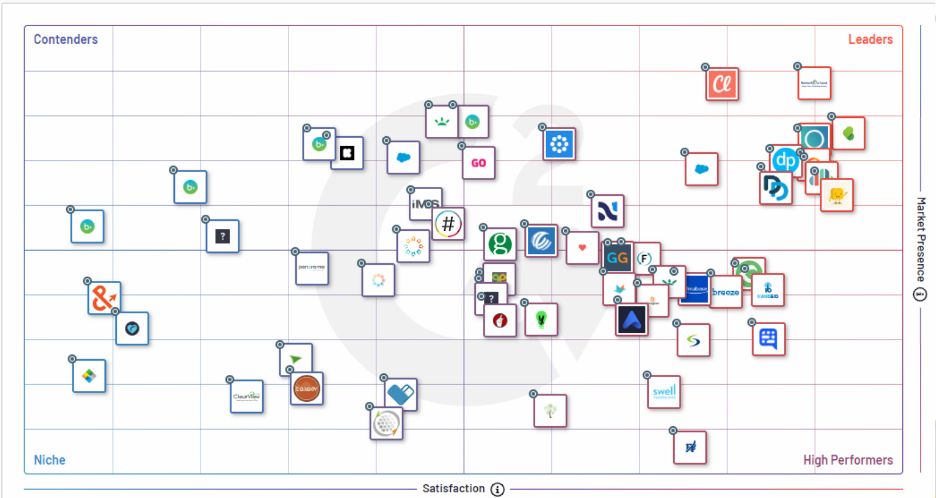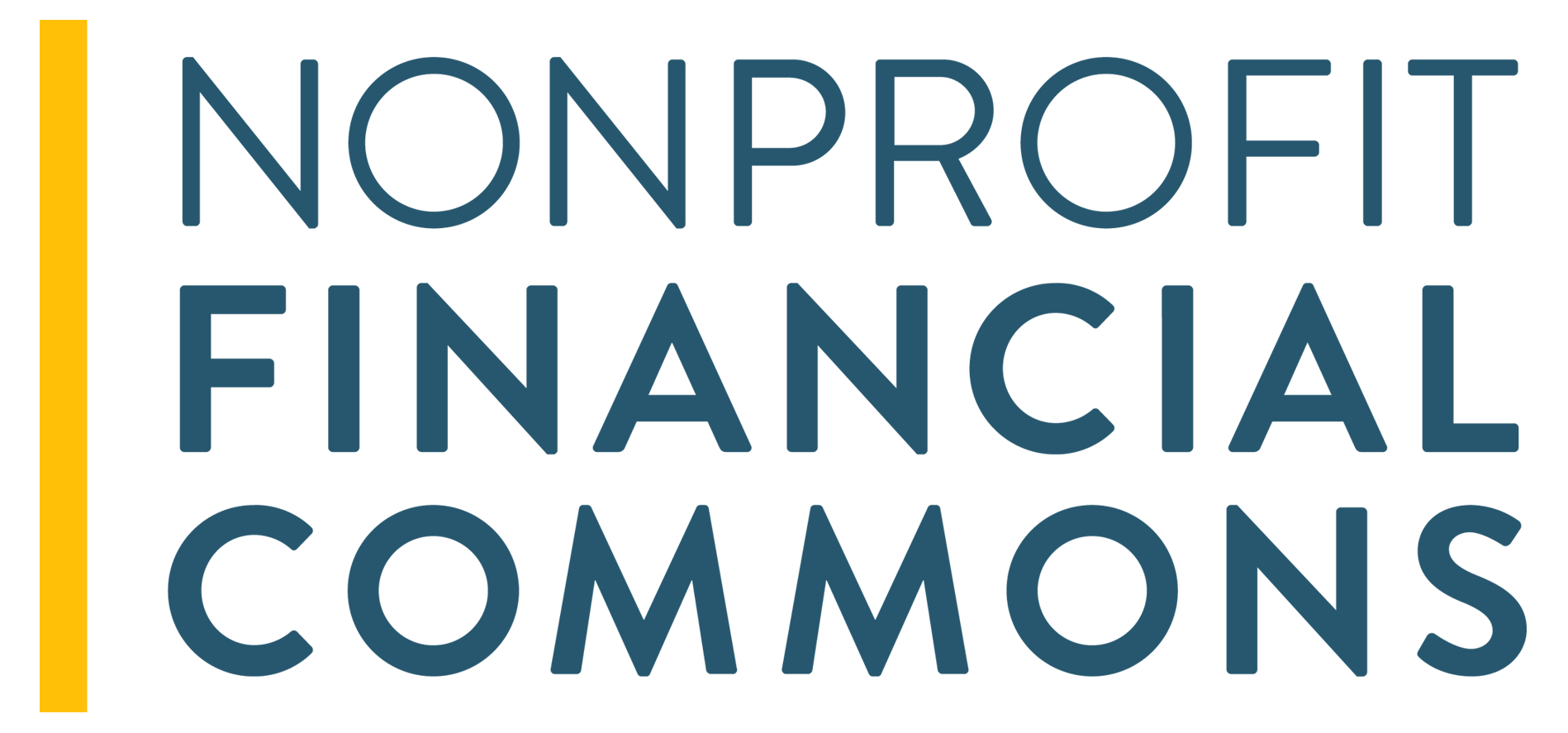Individual Donor Funded – Webinar Recording and Resources List

PERMANENTLY CROWDFUNDED: What It Takes to Rely and Thrive on Individual Donor Support in 2024
Video:
Accompanying Slides: Download here.
Transcript: Download text here.
INDIVIDUAL GIVING: How-to Strategies to Buck Downward Trends
Video:
Accompanying Slides: Download here.
Transcript: Download text here
Insights
UnderDeveloped: A National Study of Challenges Facing Nonprofit Fundraising
This joint study from the Evelyn and Walter Haas Jr. Fund and CompassPoint (written by Jeanne Bell & Marla Cornelius, with Jill Casey and Erin Lingren) reveals that many nonprofit organizations are stuck in a vicious cycle that threatens their ability to raise the resources they need to succeed. The report found high levels of turnover and lengthy vacancies in development director positions throughout the sector. More significantly, the study reveals deeper issues that contribute to instability in the development director role, including a lack of basic fundraising systems and inadequate attention to fund development among key board and staff leaders.
Fundraising Bright Spots: Strategies and Inspiration from Social Change Organizations Raising Money from Individual Donors
The UnderDeveloped report revealed many organizations believe the answer to their fundraising challenges lies in finding that elusive, perfect development director. Surprisingly, the majority of the people interviewed from each “Bright Spot” organization—all of them involved in fundraising in one way or another—did not have development in their title. In fact, some organizations intentionally don’t have development directors. There is a remarkable distribution of fundraising across staff, board, and volunteers, often with the use of online crowdfunding platforms to allow the fundraisers to tailor the message of the campaign to resonate among their own peer networks. And, whereas organizations constantly hear and read that their board of directors should be the center of gravity for their fundraising—and often bemoan board members’ lack of engagement—the Bright Spots engage non-development staff and volunteers just as actively as they do board members.
How can we build a loyal cadre of new and repeat individual donors? How can raise our game when it comes to fundraising? How can we bring in the resources we need year after year to sustain and grow our programs? These are questions on the minds of nonprofit leaders across the country. In the search for answers, nonprofit leaders often turn to consultants and other experts, or reach for the latest new tactic purported to improve fundraising results. But what if the real answers to nonprofits’ fundraising challenges were already all around us? What if we could identify and capture the stories of organizations that are uniquely successful in their fundraising? What if we could learn from these organizations what’s working—not so we can copy their strategies and tactics but so we can get a better sense of the beliefs, values and organizational cultures that create the conditions for fundraising success?
Read the report by Jeanne Bell and Kim Klein.
Charitable Crowdfunding: Who Gives, to What, and Why?
The [Indiana University Lilly Family School of Philanthropy at IUPUI] study … examines who crowdfunding donors are, their motivations for giving this way, how they are different than more traditional charitable donors, and the activities they support. The report looks at how crowdfunding fits into the larger philanthropic landscape and perceptions of crowdfunding by both crowdfunding donors and non-crowdfunding donors. It also provides a glimpse into Americans’ charitable behavior during the COVID-19 pandemic and their giving for social justice.
Download the study. Then, visit the press release to watch the webinar.
Types Of CRM Applications Explained: Which One Is Best For You?
This piece from the Forbes Advisor by Lee Davis and Cassie Bottorff provides a comprehensive guide (circa March 2023) to the varieties of customer relationship management platforms available: collaborative, operational, and analytical.
The right CRM recipe for you is a function of your objectives and goals. Fortunately, CRM platforms are not purpose-built—some of the best CRM software offer multiple types in one package, or via á la carte add-ons. When you decide which type(s) of CRM that you want to deploy, you have the freedom to choose the solutions that work for you without overpaying for features that you’ll never use.
Fundraising Effectiveness Project Quarterly Fundraising Report™: Year-to-Date Nonprofit Sector Trends Q3 2023 (JAN 1, 2023 – SEP 30, 2023)
The number of donors has been steadily decreasing since the all-time highs we saw throughout 2020 and early 2021.
Key Insights: There was a slight decrease in fundraising dollars, driven by a decline in the large donor and new donor segments. Given the error margin, this decrease could turn into a slight increase as delayed data comes in. Donor participation fell as acquisition of new donors and small donors remained a challenge. Overall retention slightly decreased. However, retention decreased significantly among larger donors.
Download the report. Or visit GivingTuesday.org for the most up-to-date information.
Tools
G2’s Best Fundraising Software
G2 is a software review and ranking site. Their listings for the best offerings in fundraising software are based on such user satisfaction criteria as automation, reporting, interaction tracking, and whether the offering has been a good partner in doing business. They even plot the results on an easy-to-use grid, as depicted below.

Articles
“Analyzing the Dynamics of Funding: Reliability and Autonomy,” by Jon Pratt. The Nonprofit Quarterly, Fall 2002
The Reliability-Autonomy Matrix divides 12 common types of nonprofit funding into three levels of reliability — high, medium, and low — on a continuum from dependable to speculative. (The placement of any specific funding source on the reliability axis can vary considerably based on the organization’s relationships, existing commitments, and other constraints influencing the funding source.)
Every nonprofit organization begins with high hopes and aspirations for public benefit, with a mission to make the world a better place. An immediate challenge is how to put these goals into action, and how to finance the organization. The Reliability/Autonomy Matrix is designed to reveal priority issues for board and management attention and indicate strategies needed to handle the relative reliability and independence of its revenues.
“Komen’s Folly: A Decline in Fundraiser Ranking Tells the Story in Numbers,” by Ruth McCambridge. Nonprofit Quarterly, October 30, 2015
Komen is a fundraising machine, entirely dependent upon the energies of its volunteers, so the decision to defund Planned Parenthood was enormously risky at the least—and some might say right next to suicidal. Still, saying that when it happened and seeing the numbers a few years later are two different things.
Read the article. Then, see the story that inspired it: “Philanthropy’s Uneven Climb: Success Stories, Red Flags, and a Trove of Data.”
“Charitable Giving Is Growing, So Why Worry?” by Laura MacDonald, Forbes Nonprofit Council
Generally, giving grows. For decades it has grown an average of 6% per year. Giving has declined only five times since 1967 (although it hasn’t always kept pace with inflation). Compared to volatile sectors like real estate or energy, growth in giving seems resilient. But participation has declined steadily for two decades: Today, fewer than half of households report making a charitable gift each year. Compare this to 2000, when 66% of American households donated to charity.
Despite declining participation, giving grows because high-net-worth households increase the amounts they give. As a result, charitable giving—like many sectors of our economy—has become more concentrated, with top-end donors representing a higher proportion of total giving. As a result, charitable giving—like many sectors of our economy—has become more concentrated, with top-end donors representing a higher proportion of total giving….
There is an immediate risk to any nonprofit organization that relies on a diminishing number of donors to make ever-larger contributions. Just as a publicly traded company must disclose concentration risk if any customer represents more than 10% of its revenue, nonprofit organizations should recognize the risk of concentration among top-end donors. Should one abandon the organization, it may take years to nurture new supporters to replace lost revenue.
“AI And Nonprofits: Not If Or When, But How,” by Laura MacDonald, Forbes Nonprofit Council
Nonprofit organizations rely on trust, which can be enhanced or undermined through the good or bad use of AI. But the question isn’t if or when nonprofits might use AI, because they probably already do. Rather, ask if they leverage AI in the best ways while protecting the organization and stakeholders with the right safeguards.

